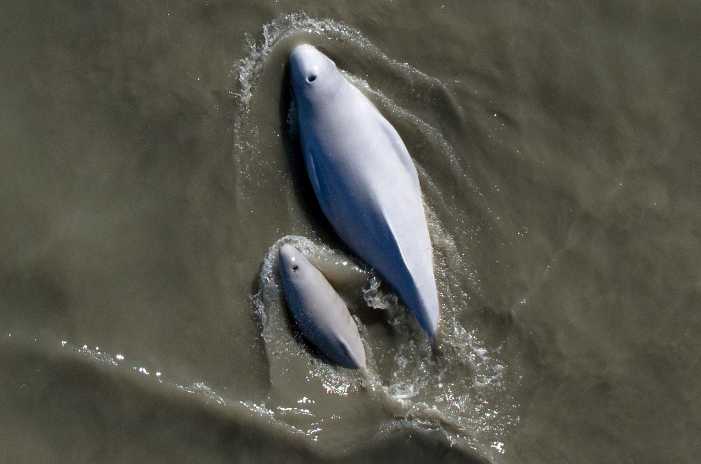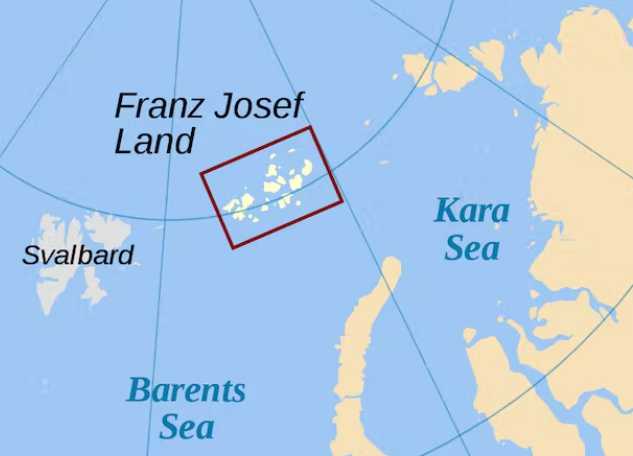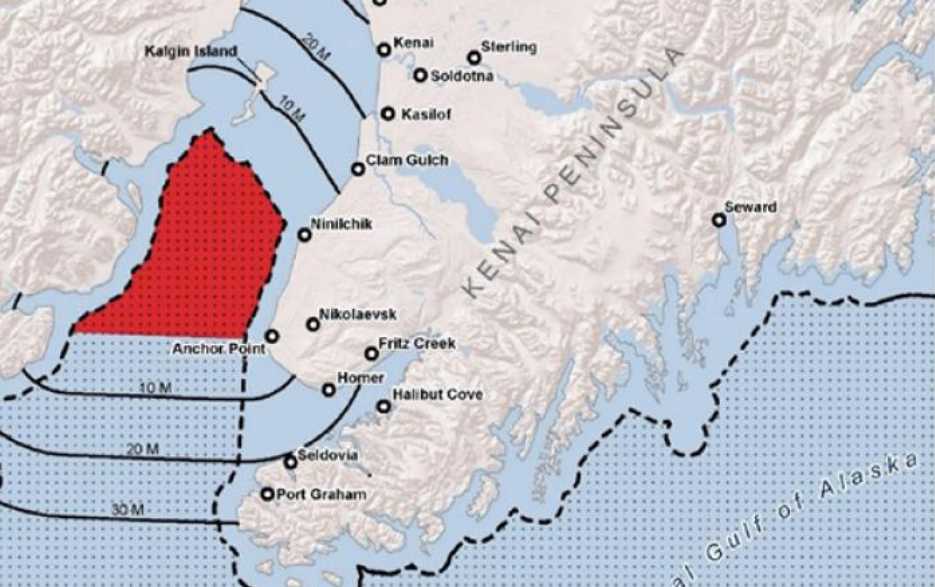
A total run of 1.4 million sockeye salmon, along with 60,000 Chinooks, are expected to return to the Copper River in 2020, according to the Alaska Department of Fish and Game (ADF&G).
The state forecast released on Jan. 28 compared with the recent 10-year average (2010-2019) of 2.1 million wild sockeyes returning to the Copper River, along with 48,000 kings. If these runs come in as forecasted, the sockeye run would be 32.7 percent below average, while the king run would be 20 percent above average.
State biologists also predicted a Gulkana Hatchery sockeye salmon run of 109,000 fish, which would be 62.3 percent below average, still bringing the total Copper River red salmon returns to 1.5 million fish, with a harvest of 771,000 reds. Scientists are estimating a common property harvest of kings at 36,000 fish.
Biologists were also pointed out that salmon forecasts are inherently uncertain and are primarily used to gauge the magnitude of expected runs and set early-season harvest management strategy.
In 2020, the department will continue to manage Prince William Sound area commercial salmon fisheries in-season based on the strength of salmon abundance indices including sonar counts, weir passage, aerial escapement surveys and fishery performance data, they said.
ADF&G also forecast Prince William Sound runs of 4.4 million pink salmon, with a range of 1.2 million to 16.3 million, which would be 18.8 percent above average. They estimate a chum salmon run of 604,000 fish, with a range of 342,000 to 865,000, which would be 18.9 percent above average.
For Upper Cook Inlet, state fisheries biologists are predicting a run of 4.3 million sockeye salmon, considerably below the 20-year run average of 5.9 million fish, with a potential commercial harvest of 2.3 million reds.
[content id=”79272″]
In 2019 commercial harvesters caught 1.7 million sockeyes, which was 1.3 million less than the preseason forecast of 3.0 million fish.
Major sockeye salmon streams in Upper Cook Inlet are the Kenai, Kasilof and Susitna rivers and Fish Creek. The /ADF&G is predicting a run of 2.2 million for the Kenai River, 38 percent less than the 20-year average of 3.6 million, and 723,000, 26 percent less than the 20-year average of 971,000 for the Kasilof. It also expects 571,000 for the Susitna, which is 49 percent greater than the 20-year average for the Susitna. For Fish Creek, the run forecast is 121,000 reds, which is 42 percent greater than the 20-year average of 86,000.
“Temperature controls everything and salmon are sensitive at certain life stages critical to them,” noted Bob DeCino, an area research biologist for ADF&G at Soldotna, who issued the forecast on Jan. 28. “When we get a really warm north Gulf of Alaska it will affect the run timing for the fish in Upper Cook Inlet. They come in later.”
The Upper Cook Inlet forecast also includes a prediction of commercial harvests of 6,900 Chinook, 74,000 pink, 175,000 chum and 203,000 coho salmon.
Fishermen’s News Online grants permission to the Alaska Native News to post selected articles. Read More at: Fishermen’s News Online.









